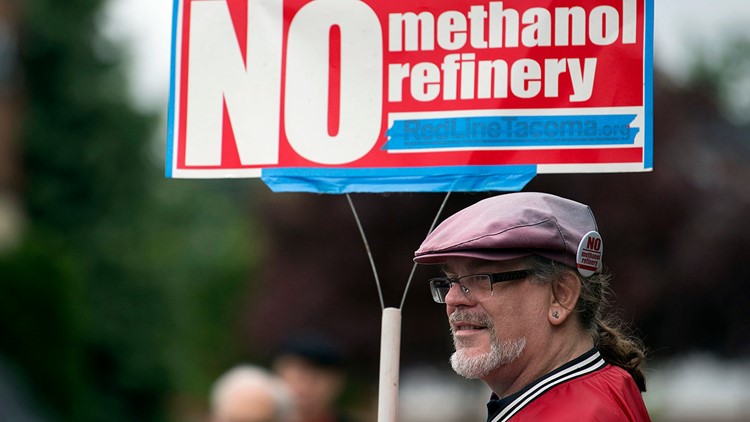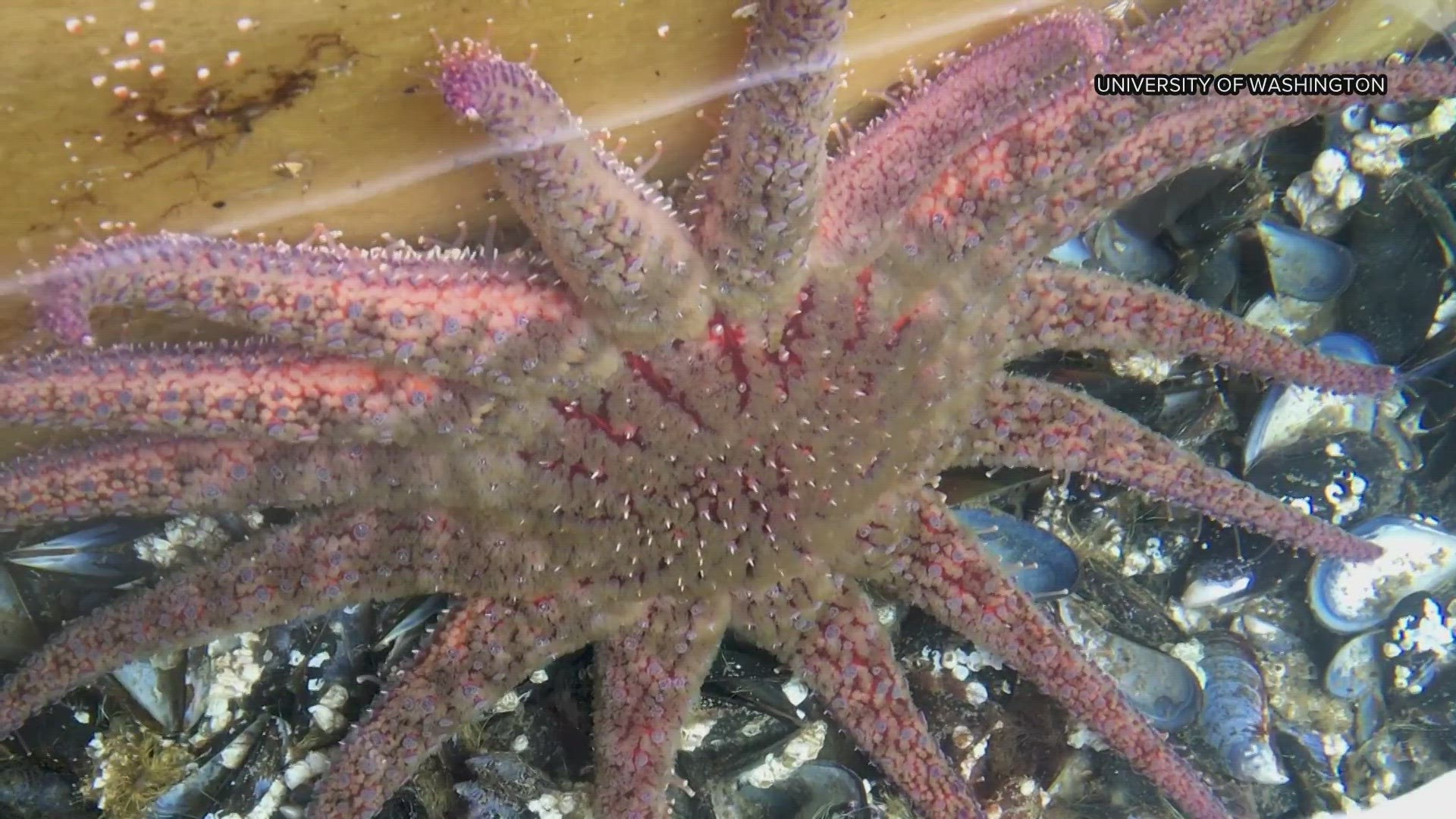KALAMA, Wash. — A new environmental review of plans to build a massive methanol plant on the Columbia River in southwestern Washington shows that the project would boost the amount of greenhouse gases released into the atmosphere but not as much as if the methanol were made elsewhere.
The $2 billion Northwest Innovation Works plant proposed in Kalama would take natural gas from Canada and convert it into methanol, which would be shipped to China to make ingredients for plastics.
It’s drawn staunch opposition from conservation groups who say it would drastically worsen greenhouse gas pollution and contribute to global warming.
In November of last year, Washington state dealt a setback to the efforts to build the methanol plant, saying that five years in, its backers had failed to provide enough information about its greenhouse gas emissions and how they would be offset.
Backers, including Cowlitz County and the Port of Kalama, said the project would reduce global greenhouse gas emissions by displacing China’s use of coal to make methanol. They provided regulators with a third-party analysis suggesting that over the project’s life it would reduce global emissions by at least 10 million metric tons per year.
They called that the single largest initiative in Washington for reducing emissions — equivalent to removing more than 2 million cars from the road.



